According to a survey by Audience Bloom, link building is the most difficult element of search engine optimization.
But it’s vital to earning links.
Why? Because search engines care about links.
If you look at the pie chart below, more than 42% of Google’s ranking algorithm is dependent on links.
And keeping Google happy is crucial to boosting your ranking, which in turn, increases organic traffic to your website.
Links are also vital when it comes to building your brand.
Almost 24% of Google’s ranking algorithm is attributed to the trustworthiness and authority of your host domain.
When you gain a link from a reputable website, it adds to your domain authority.
You also gain exposure and potentially direct traffic from the linking site.
But here’s the problem:
Creating valuable content takes a lot of time and effort, and then you have to keep conducting outreach to earn links.
Plus outreach is labor intensive:
Notice “Repeat The Process” in the image above?
You might be emailing people for days before you start to see the traction you’re working for.
And do you want to know the worst part?
Often, as soon as you stop doing outreach, you’ll stop earning links.
This makes building a lot of quality links extremely labor intensive.
To make matters worse, actively building links like this is frowned upon.
Google’s own John Mueller responded to a webmaster’s Google Hangout question:
“Is link building in any way good?”
His response: “In general, I’d try to avoid that.”
How do you continue to earn links without outreach?
In short, create content that acts as a source for other websites.
Why? All writers and content creators need quality source information for their articles.
By citing surveys and research, writers can prove the points they’re making, strengthen their arguments, and give further context to readers.
And by using examples and case studies, they can demonstrate ideas, techniques, and strategies more clearly.
If you create content that other creators can use as a resource or reference, you’ll put yourself in a good position to passively earn, and keep earning, a lot of links.
Take Science Translational Medicine, for example.
They released some new research on Alzheimer’s disease.
After the research was published, it was picked up and published by Science Alert.
This post then went viral on Facebook, racking up an impressive 6.2-million shares:
But even though it was Science Alert’s article that went viral on Facebook, many content creators picked up the study and linked back to the original source.
And so Science Translational Medicine earned 414 links from the study:
Once you’ve created content that acts as a source, all you need to do is kick-start the snowball effect with some outreach.
As soon as you get your research cited by an authoritative website, it’s likely that other content creators will find and cite the study in their own work.
Today I’m going to take you through three different types of content that are most likely to help people in need of sources.
Then you can start creating content which effortlessly earns links.
1. Conduct original research or a survey
Producing new data and statistics can be a powerful way to build authoritative links.
This is because other content creators are already seeking sources to cite in their work.
Like in the example above, exciting new research can spread quickly.
Producing original research is not as daunting of a task as it sounds.
Here’s how to get it done.
Use what you already have
Perhaps one of the easiest ways to create a citable resource is by using what’s already available to you: your own company data.
You might already have a ton of interesting data based on your interactions with customers that could prove useful to your industry.
Think about what trends and insights you can draw from the data.
Are there any actionable tips or strategies that worked (or didn’t work)?
Then share what you’ve learned.
HubSpot does this every year with their “State of Inbound” report.
The survey features data collected from thousands of HubSpot customers on the state of inbound marketing.
As of this writing, the report’s website has links from 840 root domains.
And it’s easy to see why.
Anyone looking to create content about Inbound Marketing is likely to stumble upon HubSpot’s report while researching.
Another bonus is that after releasing reports like this a few years in a row, your industry might come to anticipate future releases.
Conduct a survey
If you don’t already have data available to you, conducting a survey is a viable alternative.
Think about your customers, clients, or partners. Who do you have the most access to?
You probably already have a pool of people involved in your industry that you can access.
Why not ask them about their thoughts, fears, and needs?
Links aside, talking directly to customers and clients is a great way to understand how you can better serve their needs.
When considering questions to ask, think about any industry assumptions that haven’t been well researched and which you could prove or debunk.
Are there hot new topics or trends that have yet to be covered?
Social Media Examiner surveyed 5,000 marketers with the goal of understanding how they’re using social media to grow and promote their businesses.
Each year, they release the “Social Media Marketing Industry Report” detailing their findings.
The page that hosts the report has 338 links from root domains.
Once again, anyone looking to create content surrounding social media’s effect on businesses will need a study like this one.
Partner with another company to pool your resources (and create new ones)
Depending on your circumstances, using your own research or conducting a survey might not be possible.
Perhaps your data is specific to your company, or you lack the reach to conduct a survey with enough participants to merit citations.
In this case, you can always partner with another company to pull your data together.
Consider companies in your niche that aren’t direct competitors, but who might have a wealth of data you can draw useful insight from.
Even if you have the resources to produce your own study, partnering can give your research an extra kick.
Content Marketing Institute and MarketingProfs come together each year to create the “B2B Content Marketing” report:
In it, they share the current benchmarks, budgets, and trends taking place in B2B content marketing.
It’s an invaluable resource for anyone in the industry looking to produce their own content on these subjects.
Bonus: Update your resource in real time
Annual reports are a great way to consolidate authority and build links, but you can always take it one step further by creating something that is automatically updated.
For example, Indeed created a “Job Trends Search” graph which pulls data from their internal job listings.
This graph has 236 links from root domains.
And because it’s continually updated, anyone looking to find information about job trends doesn’t need to dig to find the most up-to-date data.
Choosing a research topic
Search Google for keywords like:
- [Topic] research
- [Topic] report
- [Topic] review
- [Topic] study
Then check the top results with a tool like MOZ’s Open Site Explorer to see how many root domain links the top results received.
This should let you know whether that particular research topic has the potential to attract links.
Can you improve on the study in some way?
Is it outdated? Can you add more information? Is there a part of it you could explore in more detail?
2. Create curated resources
Yes, conducting original research can be a little difficult and time-consuming.
Thankfully, you don’t always need to be the one conducting the research to earn backlinks from it.
You can simply compile relevant research and case studies for other content creators to use.
Think about it: When creating content, research usually takes the most time.
That’s why it can be extremely helpful when other people have already compiled a lot of the data you’re looking for into easily digestible articles.
This is where you come in.
Collect facts and statistics
HubSpot has excelled here with “The Ultimate List of Marketing Statistics,” which has 1,730 links from root domains.
This huge list of marketing statistics contains many of their own findings, as well as third-party research.
It’s broken down into every type of marketing you could ever need, including content marketing, social media, video marketing, and lead generation.
It’s regularly updated and even has the always-important call to action at the bottom, inviting readers to submit more statistics.
In my article “13 Efficient Link-Building Strategies for Busy Marketers,” I cited something from HubSpot’s statistic page — giving them a link in the process.
Depending on your target audience, it might be easier — and more appropriate — for you to put together a smaller list of statistics that relate to your niche.
Campaign Monitor has focused on email marketing alone in their list of “70 Email Marketing Stats Every Marketer Should Know.”
This list has collected 356 links from root domains while helping marketers and content creators find the resources they need.
You can create your own resource of facts and statistics with just a little digging.
Collect industry reports and then sift through to pluck out the most useful statistics to add to your collection.
When other content creators find your resource and start citing the information, your efforts should be rewarded with evergreen links.
Pull together examples and lists
You can also compile curated resources by collecting examples and case studies.
Simple stats and data aren’t usually too difficult to find with our good friend Google.
But finding useful case studies and examples can be more tricky, making these compilations even more valuable.
WordPress showcases this with “The Best WordPress Sites in the World,” collecting 727 root domains.
For anyone looking to create content around well-designed websites, this resource is invaluable.
In another example, Forbes has collected 73 links from root domains with the article, “The World’s Highest Paid Authors 2016.”
If I were writing an article on highly successful writers, this would give me a great starting point for my research, offering plenty of examples to work with.
It would also be a great resource to link to so readers can learn more.
Create your own list of examples
I told you to create lists of examples, so let’s look at how it’s done.
First, you need to figure out what resources are most needed in your industry or niche.
What information would be useful to have in one place?
Here are three good ways to find ideas:
1. What do you need more of?
Think about the types of resources you need to create content.
What are you regularly searching for?
Look back through your own blogs as well as others. What needs a lot of explaining?
2. Look at feedback and question boards
Blog comments and websites like Quora are a treasure trove of ideas when it comes to creating content.
People will often tell you what they liked and, also importantly, what they didn’t.
3. What are people asking for more of?
Can you find comments asking for more examples of context?
On my post “9 Backlink Analysis Tools That’ll Help You Understand Your Link Profile,” I had a user asking for examples of free backlink analysis tools.
4. Search for existing content
By seeing what’s already working, you’ll have a better idea of what types of content you should be creating to build links.
Find successful examples, then use the format.
Once again, use search terms like:
- [topic] examples
- Top 10 [topic]
- [topic] facts
For the World’s Best WordPress Websites example I included earlier, I simply searched the term “WordPress examples.”
One of the top results was the WordPress showcase page, so I checked how many links it had to make sure it’s a strong topic.
Once you find a strong topic, you can see if there’s a way to improve upon it.
Alternatively, you can expand on one of its subtopics.
For instance, I could create a resource of the world’s most responsive WordPress websites.
3. Create resources for beginners
A website browser does much the same job it did when it was first invented.
But how it works, and the players involved, have changed dramatically.
This makes content for beginners always relevant.
This is great for us, as it means it has lots of potential for long-term link building.
Every industry needs beginner content to help people learn its concepts, ideas, and jargon.
And content creators are likely to link to definitions and explanations of these terms to save from writing them out themselves.
It also saves the writer from needing to slow down the article for those who don’t need the extra information.
You can also use your team’s expertise to help provide the foundation for this content.
Create complete guides
Creating a complete beginner’s guide is a great way to earn links.
Other content creators will thank you for creating the resource for them.
And you will give them a ton of things to potentially link to.
My “Beginner’s Guide to Online Marketing” on Quicksprout is a good example of beginner evergreen content that earns links.
It currently has links from 268 root domains.
Or take Kissmetrics’ “Beginner’s Guide to Successful Email Marketing,” which has 151 links from root domains.
Introduce and define industry terms
Initially, this might seem hard to do.
But in every niche, there are new trends, ideas, and innovations happening all the time.
The trick is to be among the first to formally introduce and define a new term for your niche.
A textbook example of this is the Content Marketing Institute’s page “What is Content Marketing?”
They were the first to publish a definitive explanation of content marketing, and consequently, the results are impressive.
Currently, the page has collected a massive 1,549 links from root domains.
Come up with ideas for beginner content
For this, I like to use BuzzSumo’s new tool Bloomberry to search for questions being asked in any niche.
Once again, use search terms like:
- What is [topic]
- [Topic] definition
- [Topic] guide
In this example, I searched the phrase “what is macro photography” to see what questions people are asking.
Just from the top results, I can see multiple queries about the best equipment to use for macro photography.
Look for trends.
Are there any questions or beginner topics that keep coming up?
Find those questions, then answer them for your audience.
Conclusion
The worst thing about link building is that once you stop outreach, you often stop receiving links.
This can make link building a bit of an ongoing commitment.
The key to generating links effortlessly, and freeing up some of your precious time, is to create content that acts as a source.
This content will naturally accumulate links from other content creators who want to cite the information in their own content.
Let’s be clear, though: I’m not suggesting you stop doing outreach.
You still need to promote your content, of course.
Unless you have a large authoritative website like HubSpot, people aren’t likely to discover your new research.
Instead, use the outreach to get the ball rolling.
It was only after Science Translational Medicine’s research was picked up by Science Alert that they saw their links grow.
So focus on creating evergreen content that helps other content creators.
In return, you’ll gain those valuable citation links.
These will boost your ranking, domain authority, and traffic.
Ultimately, the more you help others with your content, the more links you’ll receive.
What goes around comes around.
What’s your favorite way to build links? Do you have a favorite link-building success story?










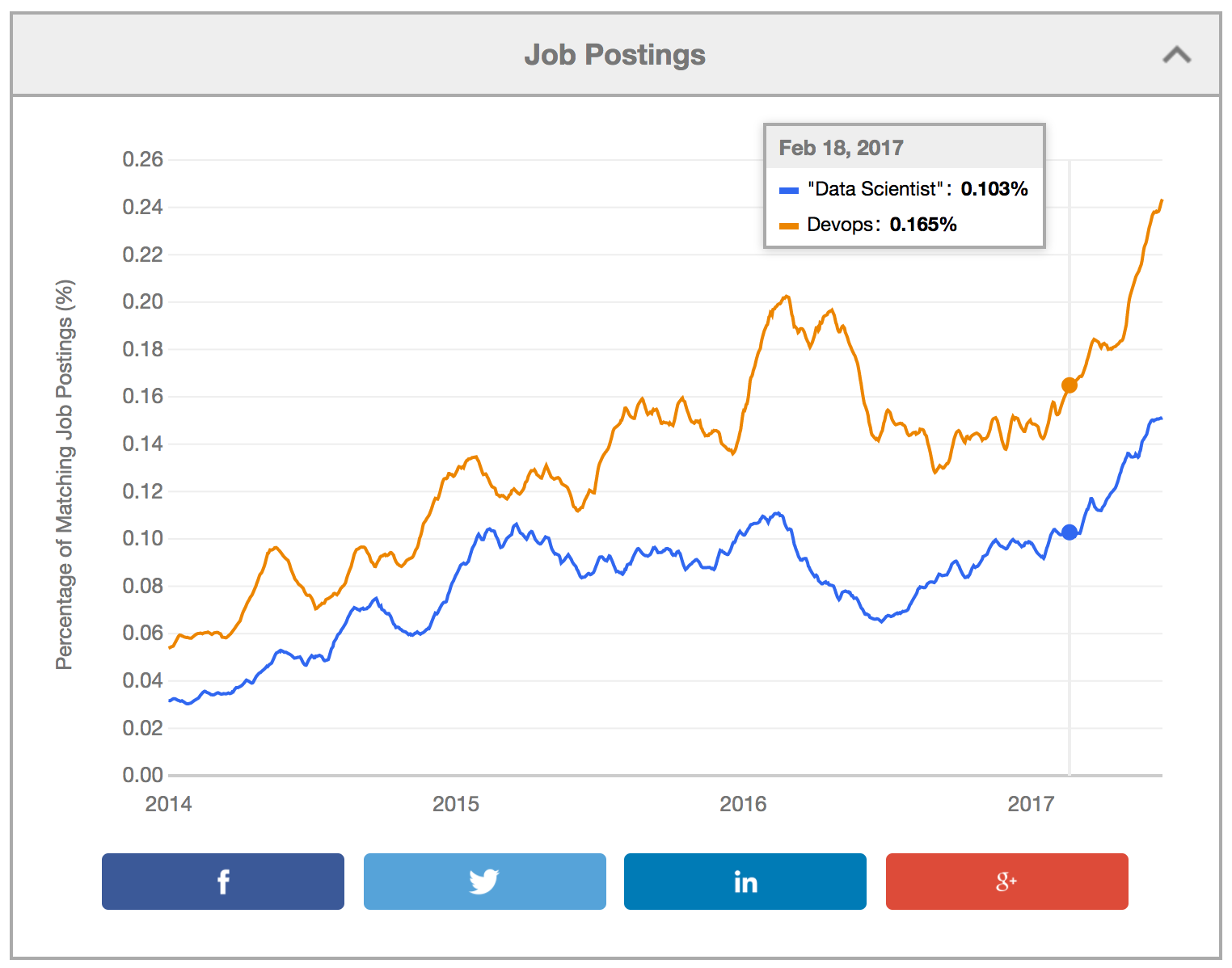
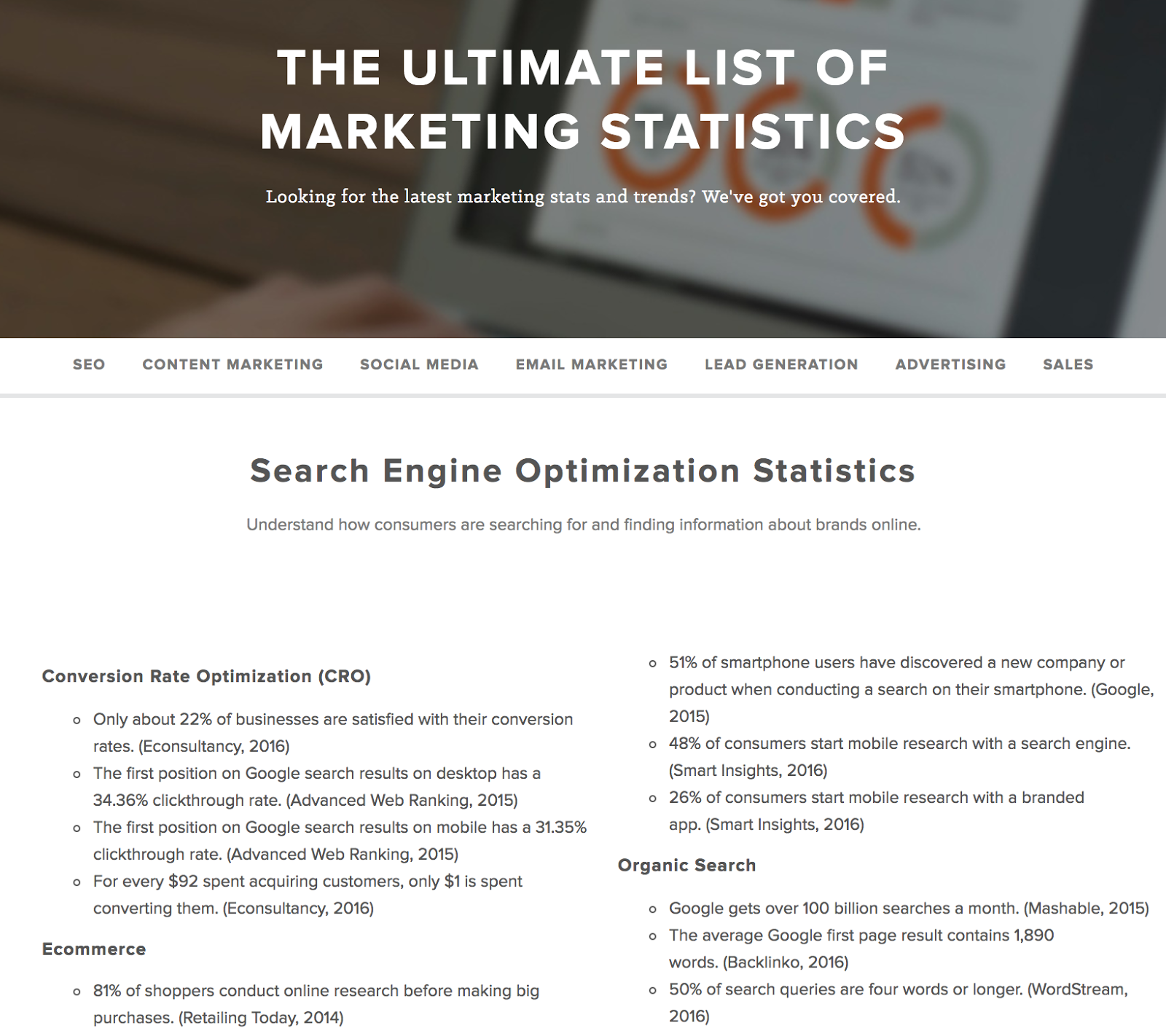

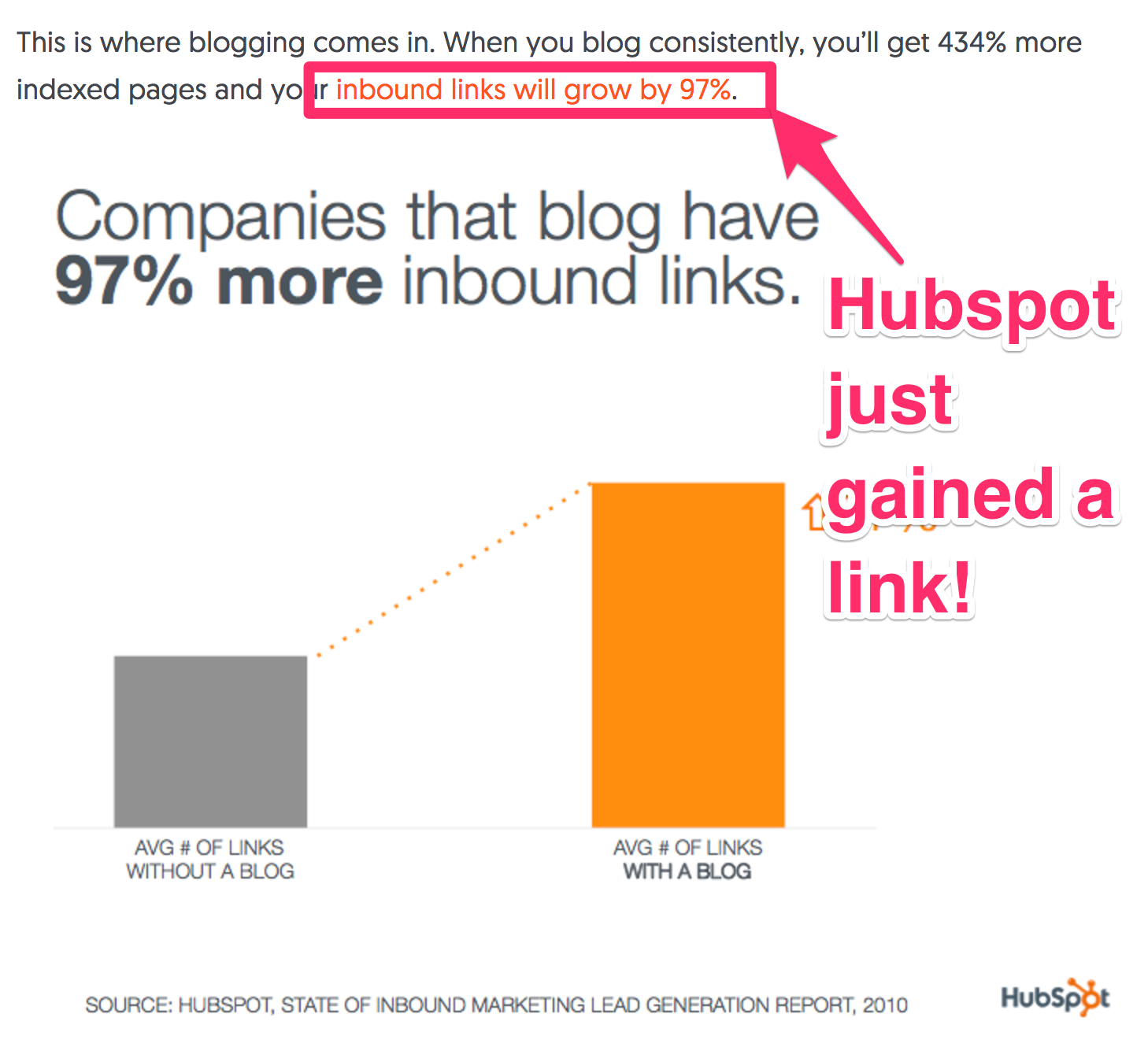





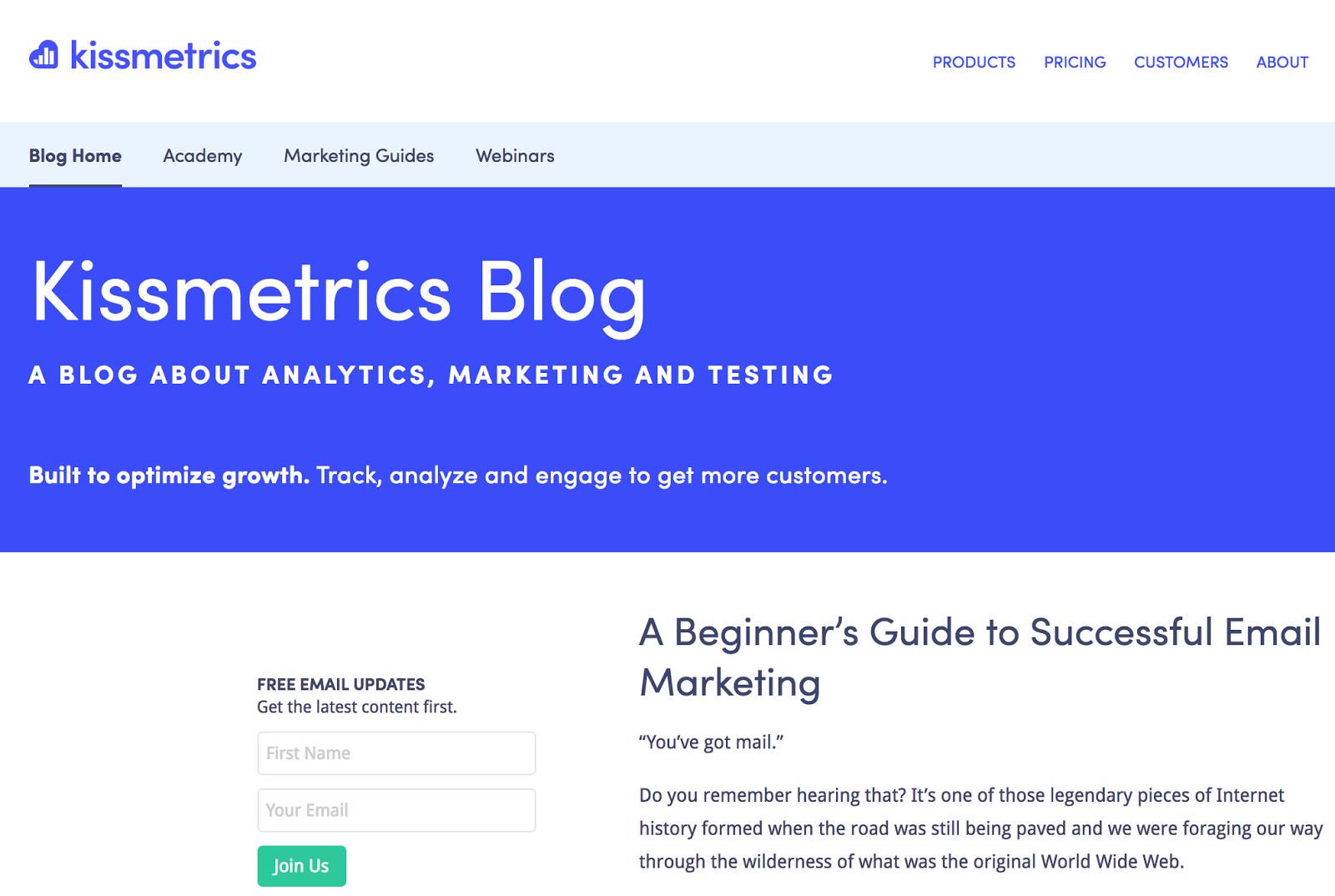

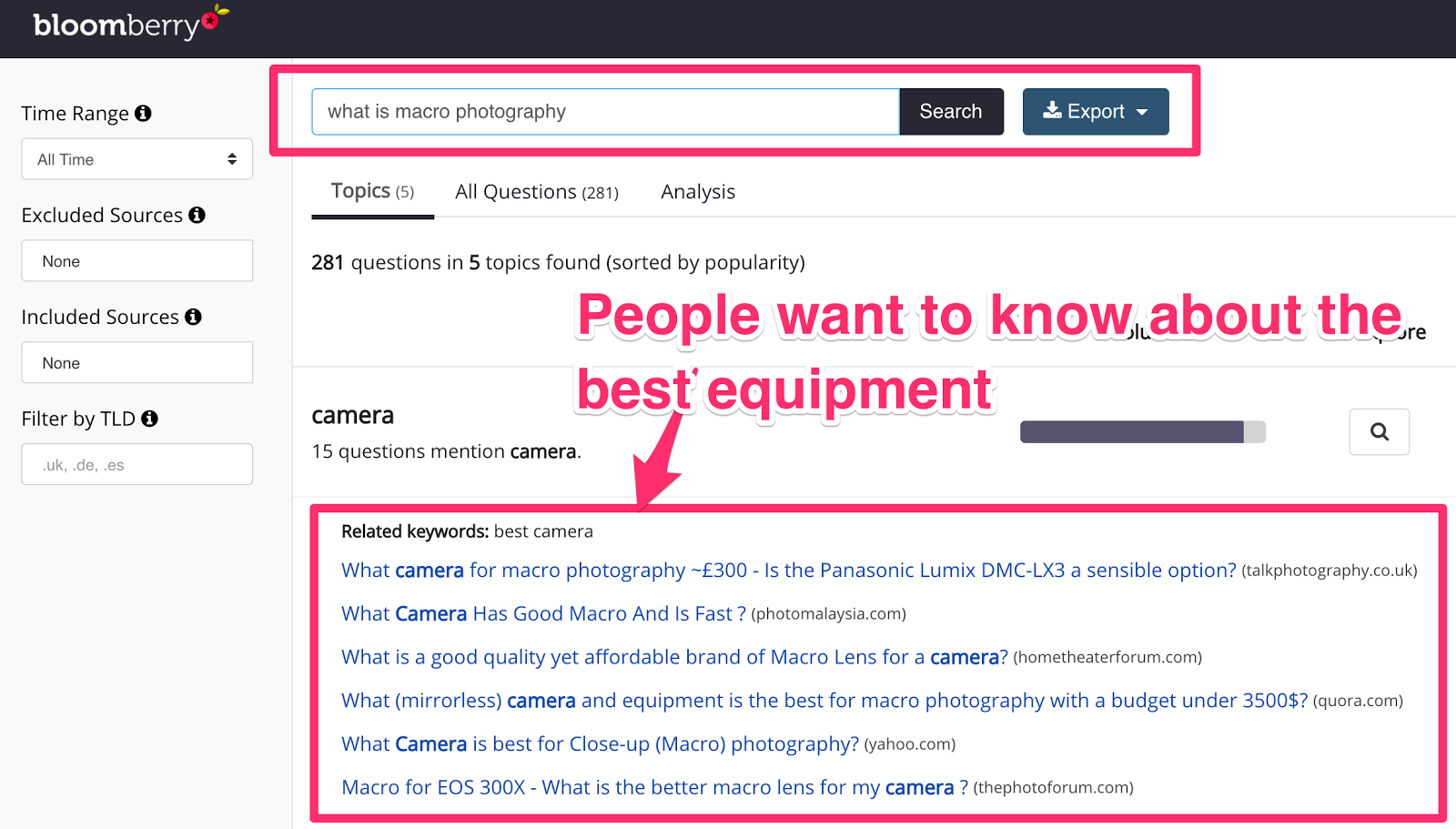
Comments (0)